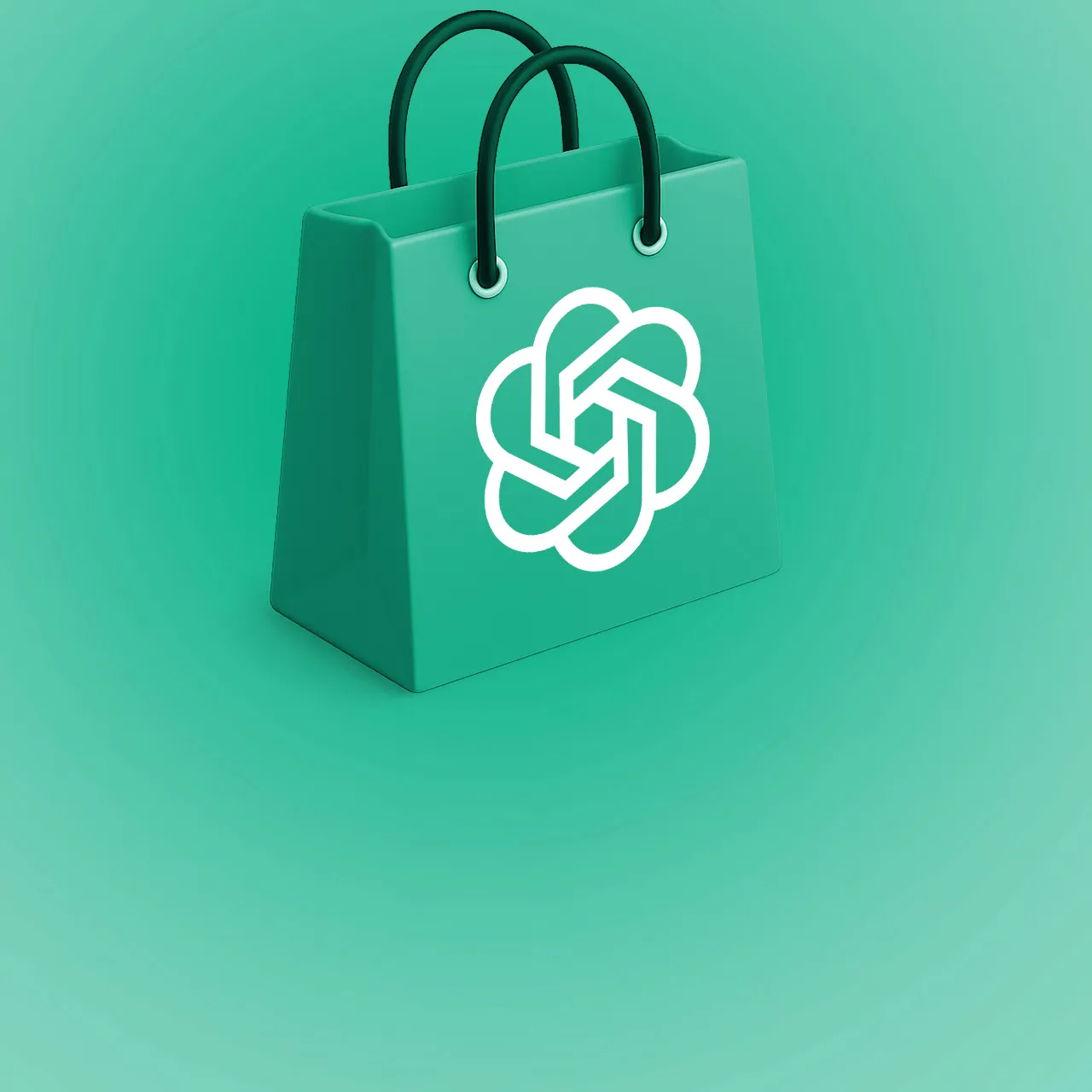read
The iOS 14 release is here, bringing sweeping changes to the way marketers need to manage their campaigns. Apple will require opt-in consent for any app tracking. Google is also eliminating third-party cookies and Facebook is changing its ad settings. With these changes come opportunities for marketers who stay prepared and take advantage of what they have at their fingertips.
Read on to discover what these changes are and how you can get ahead of the competition.
How is IDFA Changing and Affecting Advertisers?
Anyone involved in marketing knows there are many changes happening right now. Apple, Google, and Facebook are changing their policies and procedures to level up their privacy game because people are becoming irritated by the constant data breaches and ads popping up everywhere.
Before we tell you how to get ahead, let's dig into each of these changes a little so you understand exactly what's going on.
iOS 14 Prioritizes Privacy
iOS 14 puts a new emphasis on privacy. Apple wants people to trust their ecosystem even more, so they are making changes to make individual data more secure and private.
The most significant change is Apple now requires is a push notification about data privacy and tracking. Facebook responded with a business page that said, "Apple will begin to require that all apps in the App Store show a discouraging prompt to users on iOS 14 devices, in accordance with their App Tracking Transparency (ATT) framework. Apple’s policy will prohibit certain data collection and sharing unless people opt into tracking on iOS 14 devices via the prompt.”
This is Apple's biggest change to the IDFA in years. Just in case you're wondering:
What is an IDFA in iOS and Apple?
The iOS Identifier for Advertisers is a unique ID number Apple assigns to each person's device. Apple and app developers use it to track your device usage instead of using a website cookie.
What has Apple done?
Apple is going to require developers to add a push notification to their apps that says something like "Allow Facebook to track your activity across other companies' apps and websites?" Users will have to opt into this kind of tracking.

Advertisers fear this will lead to lower efficiency because there will be fewer data points to use when targeting ads. Their fear is grounded in reality:
In 2020, over 30% of iOS users chose to opt out of tracking . This is up 216% since 2016.
Clearly, Apple is following the desire of the public to be tracked less frequently and intensely.
Apple's changes have put Facebook under enormous pressure.
Facebook Ads are Changing
Facebook has already been under pressure due to privacy concerns. Apple's changes have made matters worse for Facebook and advertisers because people will opt out of Facebook's ability to track them as they use their device.
Less tracking means less targeted advertising, which is Facebook's biggest source of revenue.
Facebook has created an AEM protocol, limiting domains to 8 conversion events that can be used for campaign optimization. Advertisers can set up and track their own number of conversion events per domain, but Facebook only ranks a maximum of 8 for its algorithms to use for conversion optimization.
Displaying attribution data for conversion and performance optimization will be limited to either 7-day click or 1-day view-through.
Facebook Advertisers will now see conversions reported in the time frame of when they occurred instead of when the ad impression happened. Facebook will also no longer provide a breakdown of conversions by demographic info (age, gender, location). Advertisers can still segment users by these demographics but will not be able to see conversion data for them.
These changes will lead to Apple users opting out of tracking more than ever before. Strategies for retargeting, using the Audience Network, and running Lookalike Audiences will need to change.
Google is Killing 3rd Party Cookie
Marketing professionals constantly struggle to keep up with changes in the digital world. Now, companies are facing a new challenge: innovation without cookies. With GDPR legislation and Google's recent restrictions on third-party cookies, companies find it increasingly difficult to track their audience and provide personalized content.

Google seems confident they can offer the same level of service with their own proprietary tracking methods. They've even promised to deliver some form of 'cohort analysis.' Indeed, the beta version is live.
We've got some news for you, though.
The Future is Already Here
Advertising companies feel threatened because when people opt out of an advertising cookie, a device ID, an advertising ID, or any other identifier, the amount of data available for ad targeting goes down.
However, people have been withdrawing from tracking for years.
Currently, about 44% of web users use a browser or apps that are not addressable because third-party cookies have been disabled. These apps and mobile devices do not share user data across websites and apps, so ad targeting is far less specific.
So, even before these high-profile changes hit the news, 44% of users were not identifiable to advertisers by third-party cookies.
On Apple's side, users have been able to opt out of an identifier for advertisers for several years. Previously, people could opt out of the use of Apple's IDFA by "opting out of ad personalization" in their settings.
How Can Advertisers Get Ahead of These Changes?
Now that we know what has happened and where we stand, it's time to talk about how to advertise to users whose identity may not be known.
Marketers must discover ways of reaching their audience effectively with their ad campaigns even without the wealth of identity information we've grown used to having at our fingertips.
To help you, we've got four things you can begin to do right now.
Use a Broader Strategy
There are methods you can use to get your ads in front of the right people even without an identifier. Here are three of them:
- Enable Contextual Advertising. Contextual ads work by matching certain keywords on a web page with an ad, so users on the website should presumably fit your target profile. For example, you might display gaming ads on a site for game reviews because the audience would then be interested in games.
- Enlist a Digital Experience Platform. Companies can focus on adding digital experiences to their offerings. Webinars, podcasts, and virtual events will allow companies to harvest 1st party data about their users for the purpose of retargeting and audience profiling.
- Go for IP-based Personalization. Instead of trying to make cookies work, try other methods. IP-based identification will still allow personalization without access to first-party cookies. Companies can also use intent data to power marketing and sales intelligence. Intent data might uncover what company has viewed a certain technology, which can be an important insight for marketers.
Mobile advertising without third-party cookies will be difficult to track, but these strategies can be used right away. Ad measurement will remain the same, so advertisers can still measure campaign performance in the same way.
Build a Strategy that Relies on 1st Party Data
Companies can collect information, with permission, from their current customers and consumers. This first-party data is very accurate. So, advertisers can build an advertising framework around this information.
Here are some ways to get started:
Use current on-page behaviour as information. How long does a user stay on the page? Which pages do they visit afterwards?
Leverage channels like email to get more insights. Email marketing can bring in information. Which headlines get the best results? Are customers more attracted to certain content?
Use interactive tools to understand customers. Turn back the clock and start using some surveys. Give away prizes. Reach out to your customers and let them tell you what they want.
Current customers can be a brilliant source of info about the triggers to which potential customers will respond.
Get on Board with Facebook’s Changes
Facebook is a major advertising platform. If your model relies heavily on Facebook, then you should start changing things now to remain effective.
Here are specific changes you can make:
Verify Your Domains on Facebook. It is important to verify your domain that you want to associate with your Facebook pixel, before you configure conversion events.
Set Up Your Event Prioritization in Facebook. Facebook Ads will now be optimizing your account based on 8 different conversion events, order them from 1 to 8 according to your priorities.
Export Your Historical Data & Predict Your Performance Impact. If you are currently using the 28-day click-through and 7-day view-through attribution, you’ll want to export your historical data from Facebook. You can export your historical data based on the new standard of 7-day click-through and 1-day view-throughs. Then, compare both sets to see how your performance is affected.
Implement Facebook's Conversions API (CAPI). The Conversions API is available as an option for marketers who want to dive deeper into the data that Facebook offers and help further personalize their advertising. You can use it with the Facebook Pixel, which continues to collect user information while also providing analytics. The two together provide maximum info about your customers.
Most companies aren't big enough to fight against these changes. Instead, start working with Facebook. Use their policies and the new tools like CAPI to get the right info so you can make smart decisions.

Leverage the Power of Server-Side Tagging
Server-Side tagging with the Google Tag Manager enables data collection in a server in your Google Cloud account rather than on your website. Server-side tagging is an advantage because it reduces the use of JavaScript libraries.
With server-side tagging, you can also gain a few more benefits.
Deliver faster site experiences to your customers
Server-side tags can load in the server container after the page loads. This means the user experience is faster, which is better for everyone.Increased security for your customer’s data. Customer data is stored in the tag container in your server. This helps prevent any data leakage or security vulnerabilities.
Gain more control over tag behavior. With server-side tagging, you can set policies to govern global tag behavior. You’ll save time checking on every new tag’s behavior.
Cooperate, Collaborate, and Communicate
We sum up our advice with these three terms. Cooperate with the changes coming from GDPR, Apple, and Google. They understand the shifts in the desire for privacy. Collaborate with other professionals to find the best way to reach your audience. Above all, communicate with your customers. They may give you permission to track them. They are your best source of info about your target audience.


![AI Advertising in 2025: Real ROI vs Expensive Hype [Guide]](/_ipx/f_webp/img/blog/blog-ai-in-the-advertising-space.jpg)
